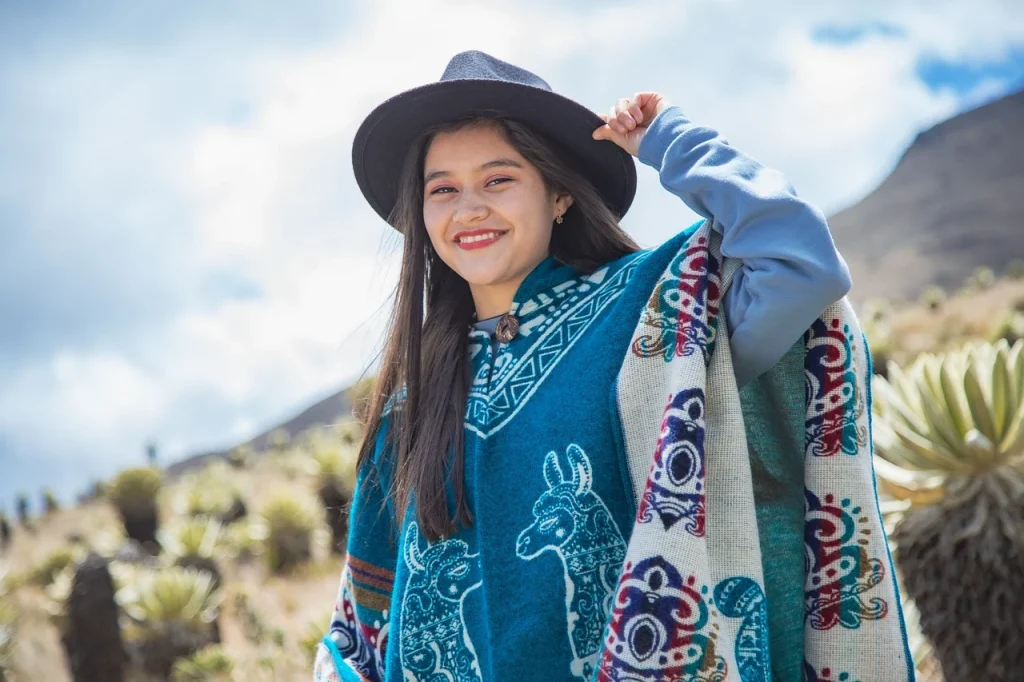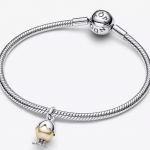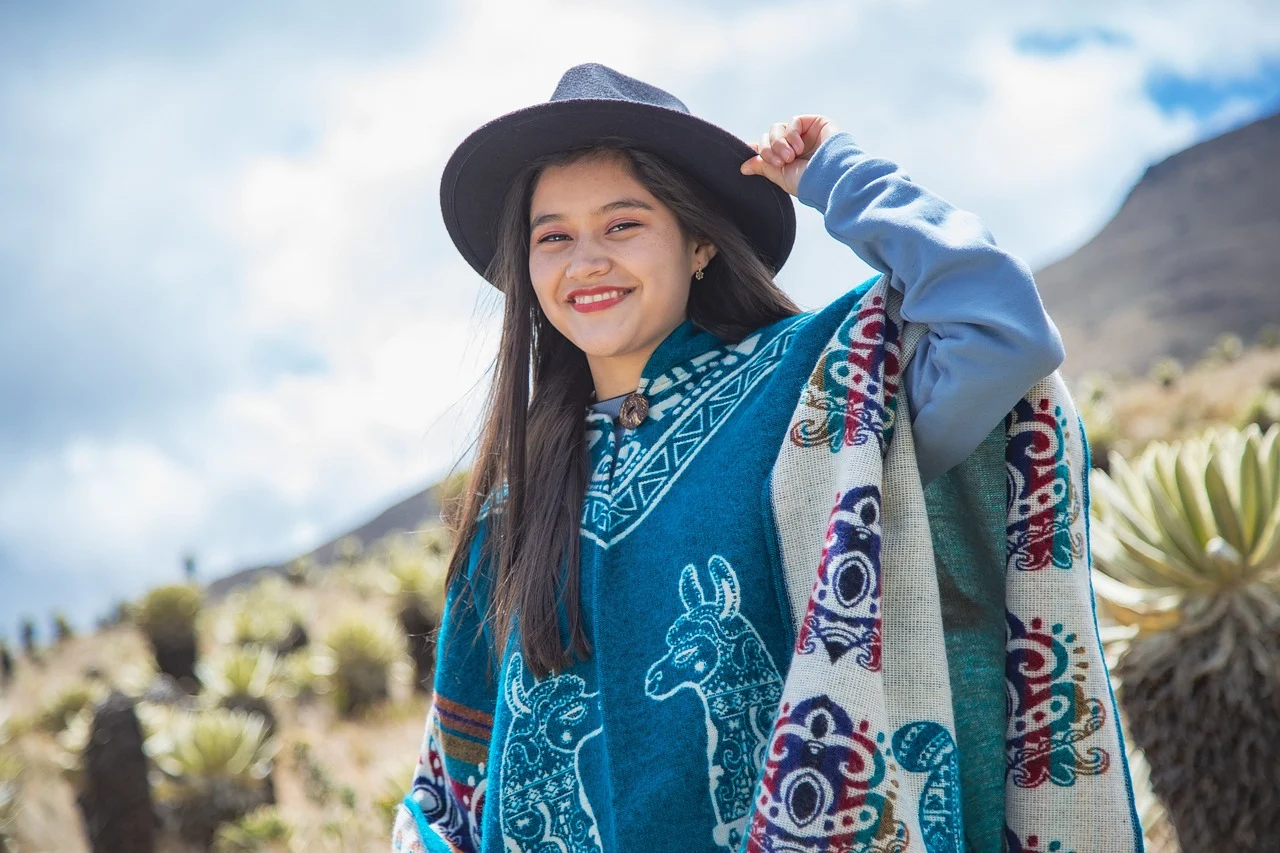Introduction:
Sustainable fashion is not just a trend; it’s a necessity. As the fashion industry grapples with its environmental and social impacts, more people are turning to eco-friendly clothing choices. In this article, we’ll explore the reasons why sustainable fashion matters, the various aspects of eco-friendly clothing, and how consumers can make informed choices while staying stylish.
Why Sustainable Fashion Matters:
The fashion industry, often known for its glamour and creativity, also has a dark side. It’s one of the largest polluters globally, with significant water consumption, waste generation, and carbon emissions. Moreover, unethical labor practices persist in many parts of the world. Sustainable fashion seeks to address these issues and promote eco-friendly clothing alternatives.
Types of Eco-Friendly Fabrics:
When it comes to sustainable fashion, the choice of fabric matters greatly. Fabrics like organic cotton, Tencel, and hemp are gaining popularity due to their reduced environmental impact. Organic cotton eliminates harmful pesticides, Tencel is produced from sustainably sourced wood, and hemp requires minimal water and pesticides.

Eco-Friendly Production Methods:
It’s not just the fabric; the production process plays a crucial role. Low-impact dyeing methods and circular fashion concepts aim to minimize water usage, reduce waste, and lower the carbon footprint of clothing production.
Sustainable Fashion Brands:
Several fashion brands are leading the way in sustainable practices. Companies like Patagonia, Eileen Fisher, and Stella McCartney are known for their commitment to eco-friendly materials and ethical production.
The Impact on Consumers:
Individuals hold immense power in steering the fashion industry towards sustainability. By choosing eco-friendly clothing, consumers can influence brands to adopt more sustainable practices, reduce waste, and treat workers fairly.
Cost and Accessibility:
One common misconception is that sustainable fashion is expensive. While some items may have a higher price tag, there are plenty of budget-friendly eco-friendly options available. Thrift stores and second-hand shops are great places to find sustainable fashion on a budget.
Benefits of Sustainable Fashion:
The benefits of sustainable fashion extend far beyond the environment. By choosing eco-friendly clothing, individuals contribute to reduced waste, conservation of resources, and a cleaner planet. Sustainable fashion can also enhance personal style, allowing individuals to express themselves creatively.
Challenges and Criticisms:
Sustainable fashion is not without its challenges and criticisms. Some argue that it’s an elitist concept, while others question the true impact of eco-friendly practices. It’s important to acknowledge and address these concerns while working towards a more sustainable fashion industry.
Fashion and Personal Style:
One common misconception is that sustainable fashion compromises personal style. On the contrary, eco-friendly clothing options come in various styles and designs, ensuring that you can maintain your unique fashion sense while making responsible choices.
Supporting Sustainability in Fashion:
To support sustainability in fashion, consumers can raise awareness, choose eco-friendly options, and hold brands accountable. Various organizations, such as the Sustainable Apparel Coalition, are working to transform the industry positively.
Case Studies:
Explore inspiring stories of individuals and communities embracing sustainable fashion. Their achievements and lessons learned can inspire others to make eco-friendly choices.

The Role of Technology:
Innovation and technology are changing the landscape of sustainable fashion. 3D printing, AI-driven design, and blockchain are revolutionizing the industry, making it more efficient and eco-conscious.
Global Initiatives:
Various international initiatives, like the UN’s Sustainable Development Goals, aim to make the fashion industry more sustainable. Understanding these global efforts can provide hope for a more eco-friendly future.
Conclusion:
Sustainable fashion isn’t just a passing trend; it’s a movement towards a cleaner, more ethical fashion industry. By making eco-friendly clothing choices, you contribute to a greener world and a brighter future for fashion. Let’s make conscious choices and be part of the solution.
FAQs:
- What is sustainable fashion?
- Sustainable fashion is a movement that promotes eco-friendly clothing and ethical practices within the fashion industry, reducing its environmental and social impact.
- Are sustainable fashion choices more expensive?
- Not necessarily. While some sustainable fashion items may have a higher price tag, there are budget-friendly options available, and second-hand shopping can be a cost-effective way to go green.
- How can I support sustainable fashion as a consumer?
- You can support sustainable fashion by choosing eco-friendly clothing, raising awareness about the importance of sustainability, and holding brands accountable for their practices.
- What are some sustainable fabric options?
- Sustainable fabrics include organic cotton, Tencel, hemp, and recycled materials. These fabrics are produced with reduced environmental impact.
- Is sustainable fashion just a trend, or is it here to stay?
- Sustainable fashion is not a passing trend; it’s a long-term movement that is gaining momentum and is expected to shape the future of the fashion industry.
 Vertel Jouw Verhaal met Pandora Moments: Ontdek de Betekenis Achter Elke Bedel
Vertel Jouw Verhaal met Pandora Moments: Ontdek de Betekenis Achter Elke Bedel  Lolelife Product Reviews: Perfect Choices for Health and Comfort
Lolelife Product Reviews: Perfect Choices for Health and Comfort  Runway Extravaganza: Highlights from Major Shows
Runway Extravaganza: Highlights from Major Shows  Gloves, Gloves, Gloves: A Touch of Elegance
Gloves, Gloves, Gloves: A Touch of Elegance  Accessorizing 101: Elevate Your Outfits
Accessorizing 101: Elevate Your Outfits  Stylish Hats and Caps: The Crowning Glory
Stylish Hats and Caps: The Crowning Glory  Shine Bright: Exploring the World of Fine Jewelry
Shine Bright: Exploring the World of Fine Jewelry 